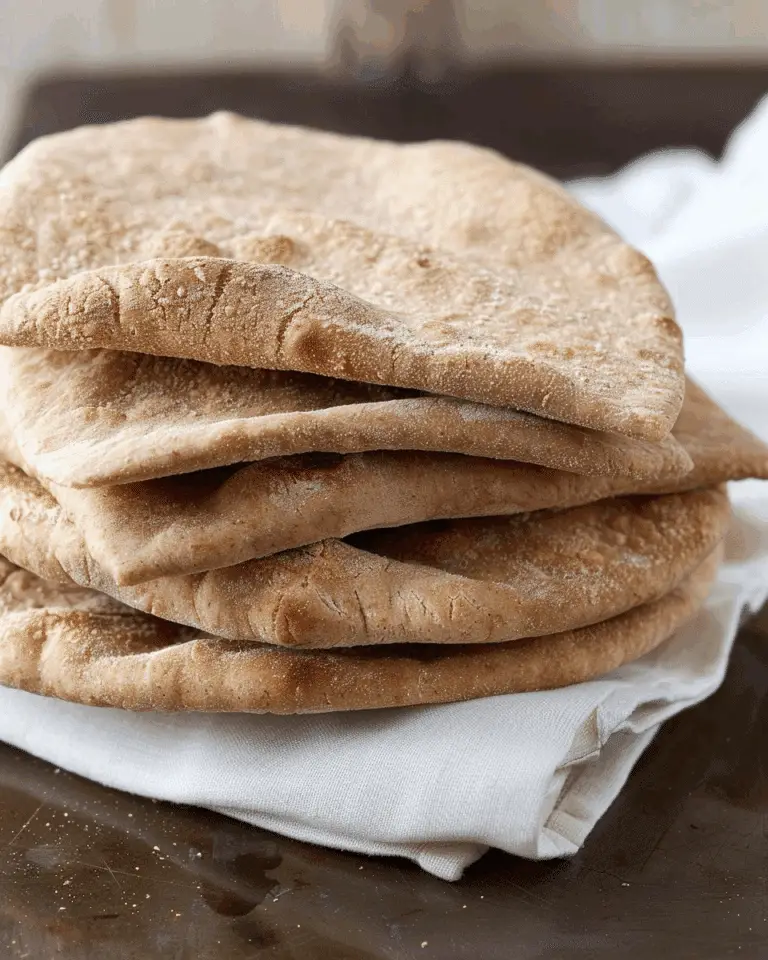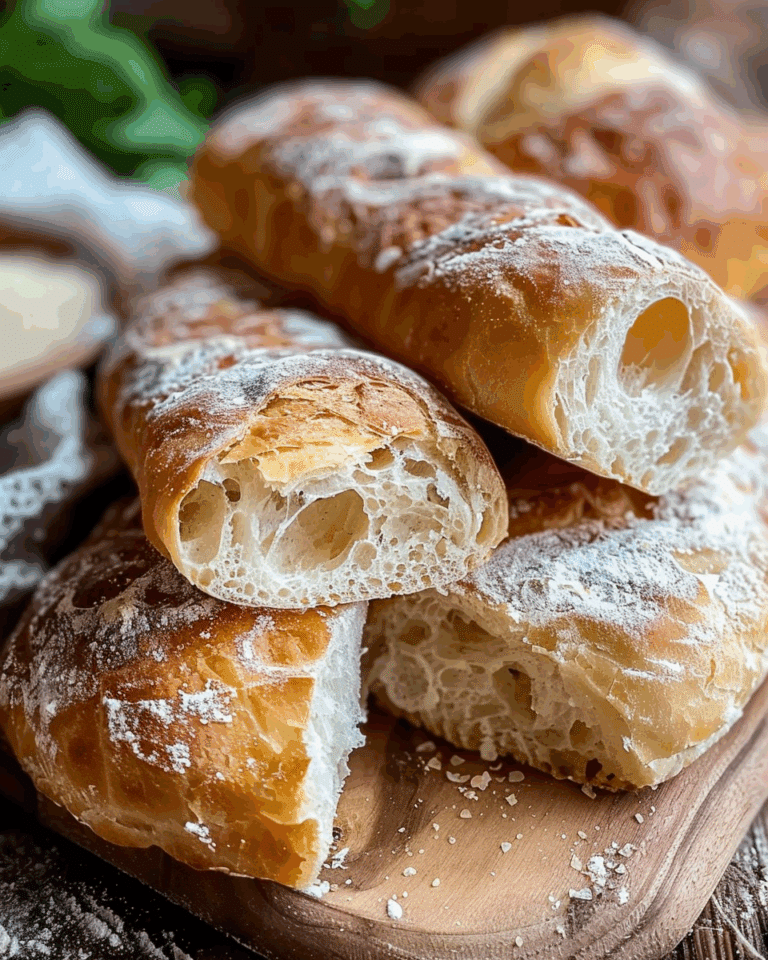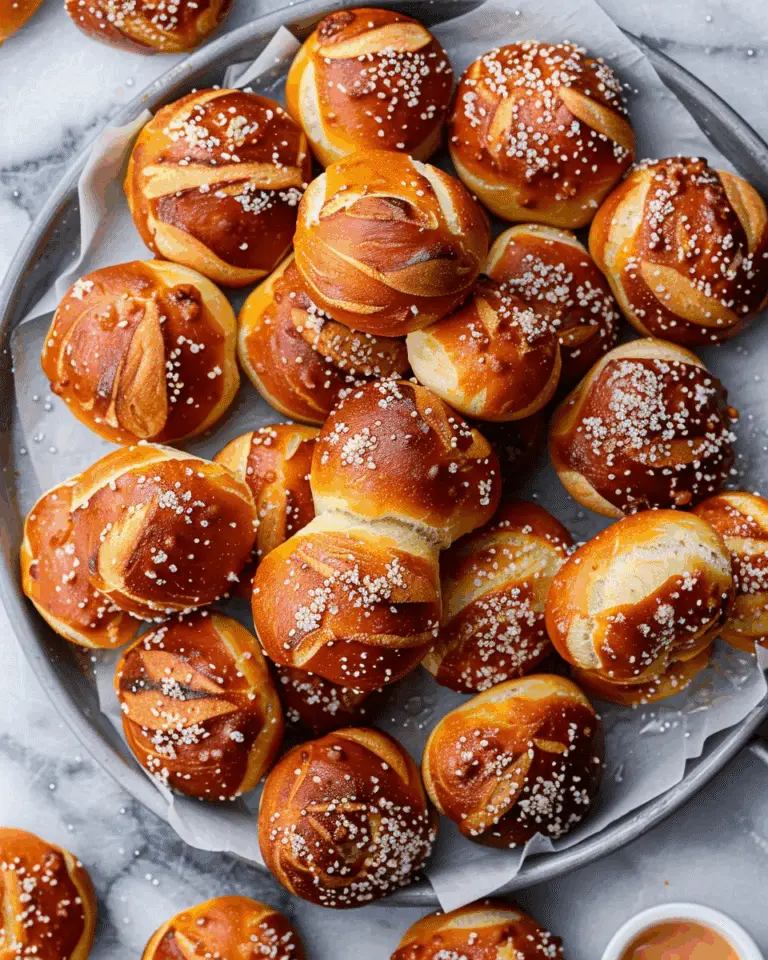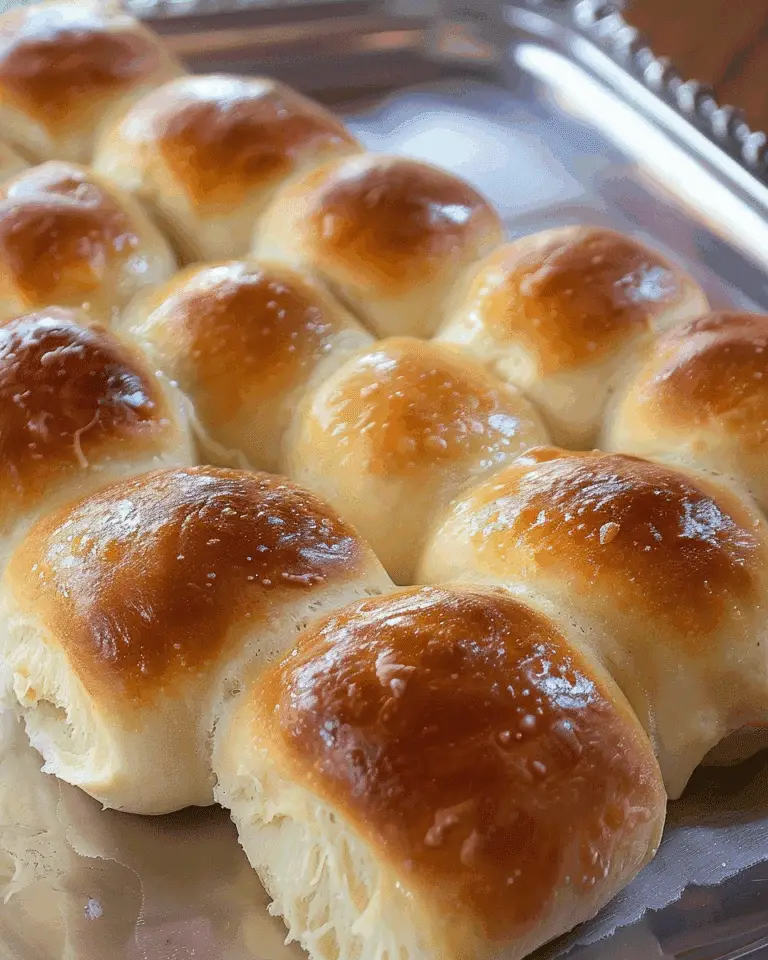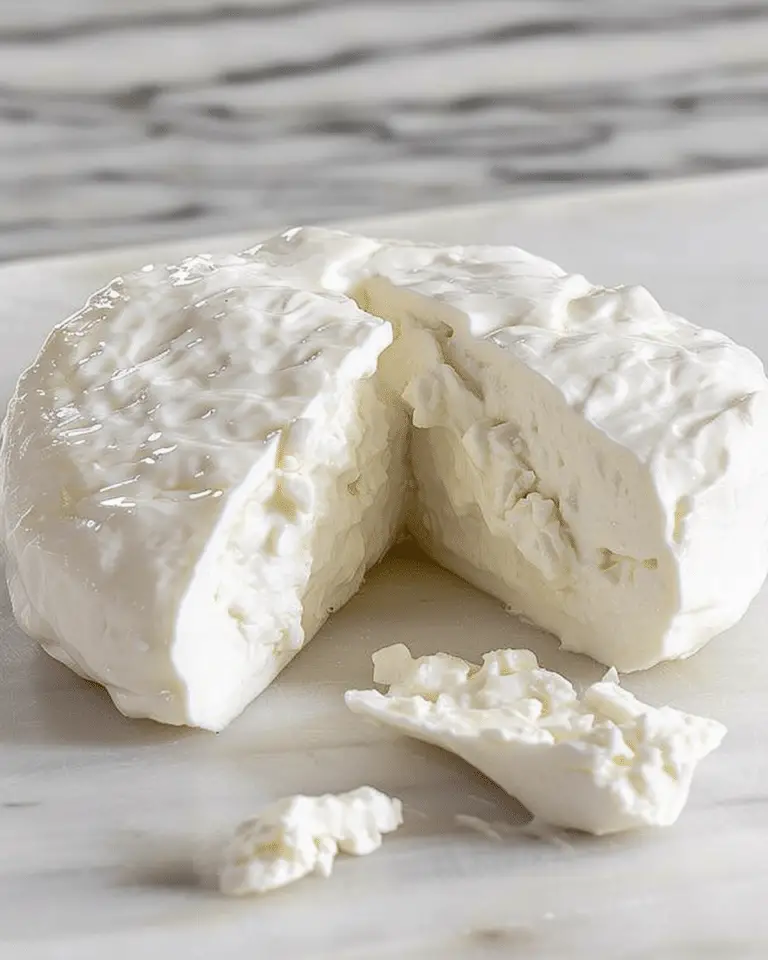There’s something truly special about the aroma of Rustic Sourdough Bread baking in the oven. This loaf has a soft, chewy crumb, a crusty exterior, and an earthy depth of flavor thanks to the addition of whole wheat flour and just a touch of maple syrup. With only five simple ingredients, it’s a recipe that feels artisanal yet approachable, especially with its long overnight rise that lets time do most of the work.
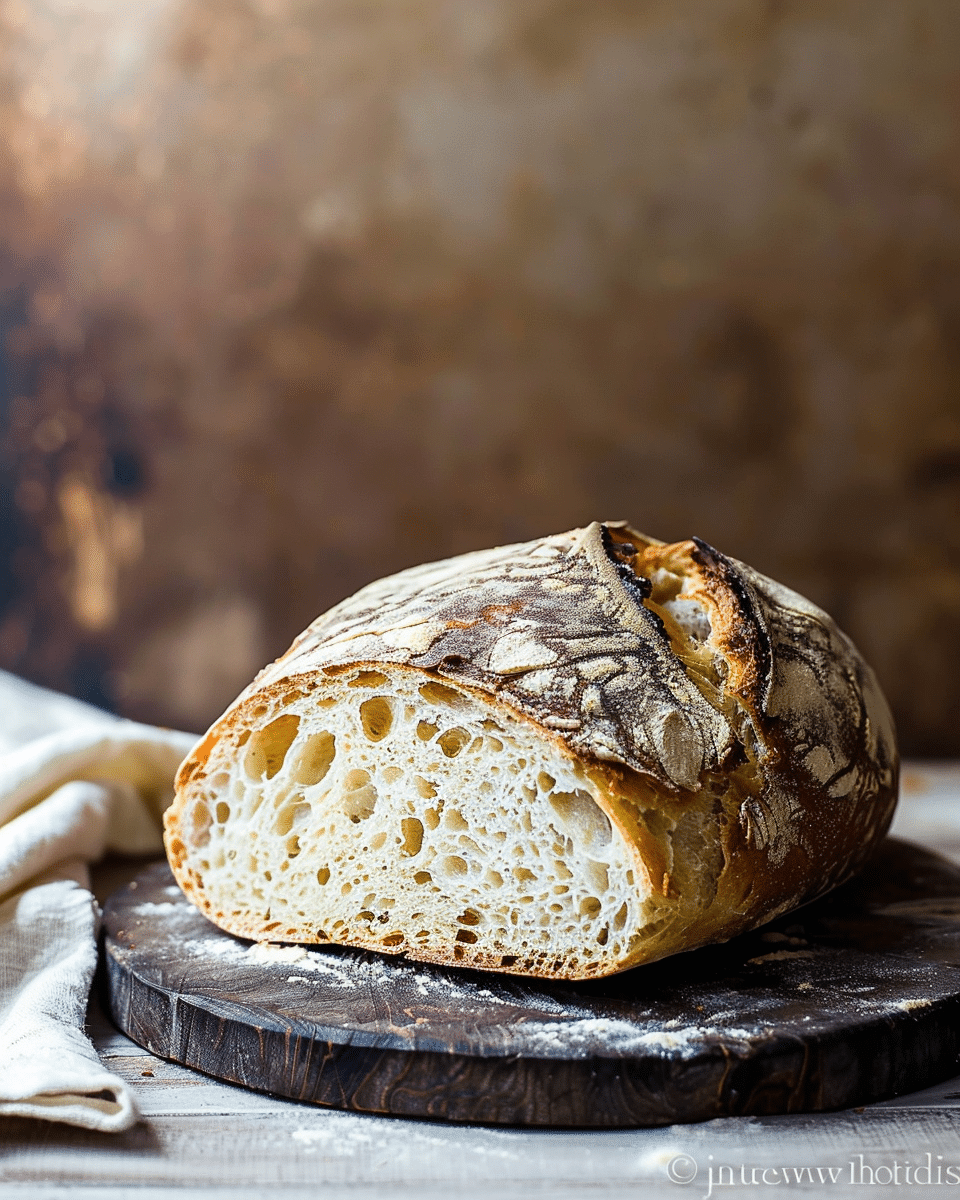
Why You’ll Love This Recipe
I like how this sourdough is both rustic and versatile. The inside stays tender and slightly chewy, while the outside develops that satisfying golden crust. The flavor is earthy with a hint of tang, balanced by the subtle sweetness from maple syrup or honey. I also love how it fits into my routine: I mix it at night, let it ferment while I sleep, and then shape and bake it the next day. It’s the kind of bread that makes my kitchen smell like a bakery without me being tied to the counter for hours.
Ingredients
(Here’s a tip: Check out the full list of ingredients and measurements in the recipe card below.)
-
Sourdough starter (100% hydration, active and bubbly)
-
Water, warmed to about 80°F (26°C)
-
Maple syrup or honey
-
Whole wheat flour
-
Unbleached bread flour
-
Fine sea salt
Directions
-
In the evening, I whisk together starter, water, and maple syrup.
-
I add the flours and salt, mixing until no dry bits remain. The dough feels sticky, but I keep working it for 3–4 minutes.
-
I cover the bowl and let the dough rest for 45 minutes.
-
I perform a stretch and fold around the dough, repeating once or twice more with 45-minute rests.
-
I cover the bowl and let it bulk ferment overnight (8–14 hours, depending on temperature).
-
In the morning, I preshape the dough, let it rest briefly, then shape it into a boule or batard.
-
I place the shaped dough into a floured banneton, cover, and let it proof for 30–45 minutes until slightly puffy.
-
I preheat the oven to 475°F (245°C) with my Dutch oven or cast iron skillet inside.
-
I turn the dough onto parchment paper, score the top, and transfer it into the hot vessel.
-
I bake covered for 30 minutes, then uncover and bake another 10–15 minutes at 450°F (232°C) until the loaf reaches 190–205°F (87–96°C) internally.
-
I cool the bread completely on a wire rack before slicing.
Servings and timing
This recipe makes about 12 slices of bread.
-
Prep and hands-on time: about 25 minutes spread across the day
-
Bulk fermentation: 8–14 hours
-
Proofing: 30–45 minutes
-
Baking: 45 minutes
-
Cooling: at least 1 hour
Total time varies between 12–16 hours, depending on ambient temperature and fermentation speed.
Variations
I sometimes swap honey for maple syrup for a slightly different sweetness. For a deeper earthy flavor, I like increasing the whole wheat percentage or adding a small portion of rye flour. Seeds such as sunflower, sesame, or flax can also be folded into the dough for extra texture and flavor.
storage/reheating
I keep my sourdough at room temperature, cut side down on a board or loosely wrapped in a towel, for 3–4 days. For longer storage, I freeze slices in a bag and toast them straight from frozen. Reheating in the oven for a few minutes at 350°F (175°C) revives a whole loaf beautifully.
FAQs
How do I know if my sourdough starter is ready to use?
I wait until it has doubled in size, looks bubbly, and floats when I drop a spoonful into water. That’s when I know it’s active enough.
Can I shorten the overnight fermentation?
I prefer the long ferment for flavor, but if I’m short on time, I sometimes bulk ferment in a warmer spot to speed it up.
Why is my bread gummy inside?
For me, this usually means it was underbaked. I always check the internal temperature with a food thermometer before cooling.
Can I make this bread with all-purpose flour?
Yes, though I find bread flour gives me a stronger structure and higher rise. All-purpose flour makes the loaf a bit softer.
Can I refrigerate the dough for convenience?
Yes, I often retard the dough in the fridge either during bulk fermentation or after shaping. It helps me fit the baking schedule into my day and sometimes adds more flavor.
Conclusion
This rustic sourdough bread feels like a classic—earthy, chewy, crusty, and endlessly versatile. I love that I can make it with just five pantry staples and a little patience, and the payoff is always worth it. Each loaf feels like a small victory in my kitchen, and it’s one recipe I come back to again and again.
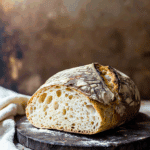
Rustic Sourdough Bread
5 Stars 4 Stars 3 Stars 2 Stars 1 Star
No reviews
- Author: Yusraa
- Total Time: 12–16 hours (including fermentation and proofing)
- Yield: 1 loaf (about 12 slices)
- Diet: Vegan
Description
Rustic Sourdough Bread is an artisanal-style loaf with a chewy crumb, crusty golden exterior, and earthy depth of flavor. Made with sourdough starter, whole wheat flour, and a touch of maple syrup or honey, it develops its character through a long overnight fermentation.
Ingredients
- 1/2 cup (120g) active sourdough starter (100% hydration)
- 1 1/2 cups (360ml) warm water (about 80°F/26°C)
- 1 tablespoon maple syrup or honey
- 1 cup (120g) whole wheat flour
- 3 cups (360g) unbleached bread flour
- 2 teaspoons fine sea salt
Instructions
- In the evening, whisk together starter, warm water, and maple syrup (or honey).
- Add flours and salt. Mix until no dry flour remains, kneading lightly for 3–4 minutes. Dough will be sticky.
- Cover and let rest 45 minutes.
- Perform one stretch and fold around the dough. Repeat once or twice more, resting 45 minutes between folds.
- Cover and bulk ferment overnight at room temperature (8–14 hours).
- In the morning, preshape dough, rest briefly, then shape into a boule or batard.
- Place in a floured banneton, cover, and proof 30–45 minutes until slightly puffy.
- Preheat oven to 475°F (245°C) with a Dutch oven or cast iron inside.
- Turn dough onto parchment paper, score the top, and transfer into the hot vessel.
- Bake covered for 30 minutes, then uncover and bake 10–15 minutes at 450°F (232°C) until internal temperature reaches 190–205°F (87–96°C).
- Cool completely on a wire rack for at least 1 hour before slicing.
Notes
- Swap maple syrup with honey for a slightly different sweetness.
- Increase whole wheat or add a small amount of rye flour for deeper flavor.
- Fold in seeds like sesame, sunflower, or flax for extra texture.
- Dough can be refrigerated during bulk fermentation or proofing for convenience and enhanced flavor.
- Always cool bread completely before slicing to avoid gummy texture.
- Prep Time: 25 minutes (hands-on, spread throughout)
- Cook Time: 45 minutes
- Category: Bread
- Method: Baking
- Cuisine: Artisan
Nutrition
- Serving Size: 1 slice
- Calories: 120
- Sugar: 1g
- Sodium: 180mg
- Fat: 0.5g
- Saturated Fat: 0g
- Unsaturated Fat: 0.5g
- Trans Fat: 0g
- Carbohydrates: 25g
- Fiber: 2g
- Protein: 4g
- Cholesterol: 0mg

